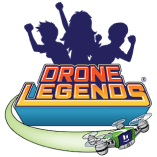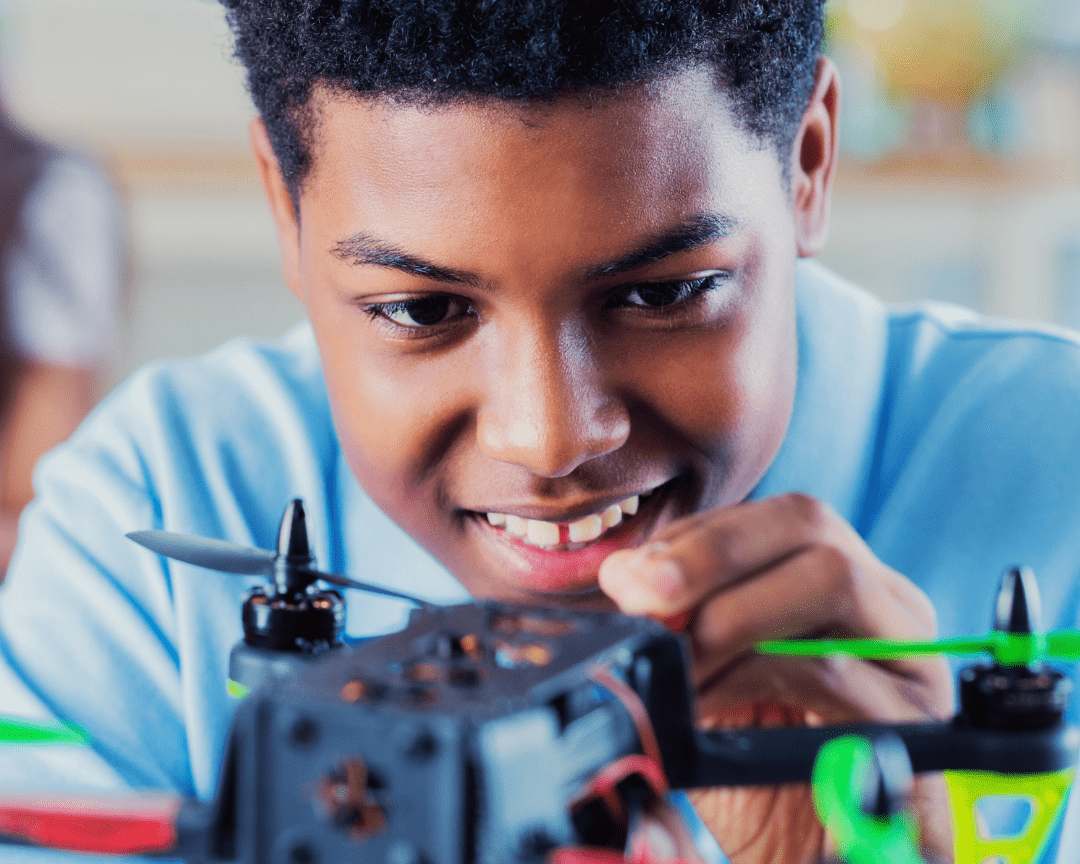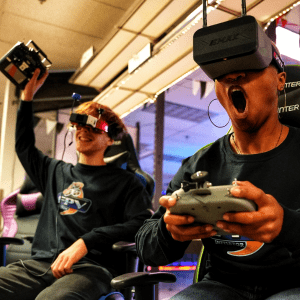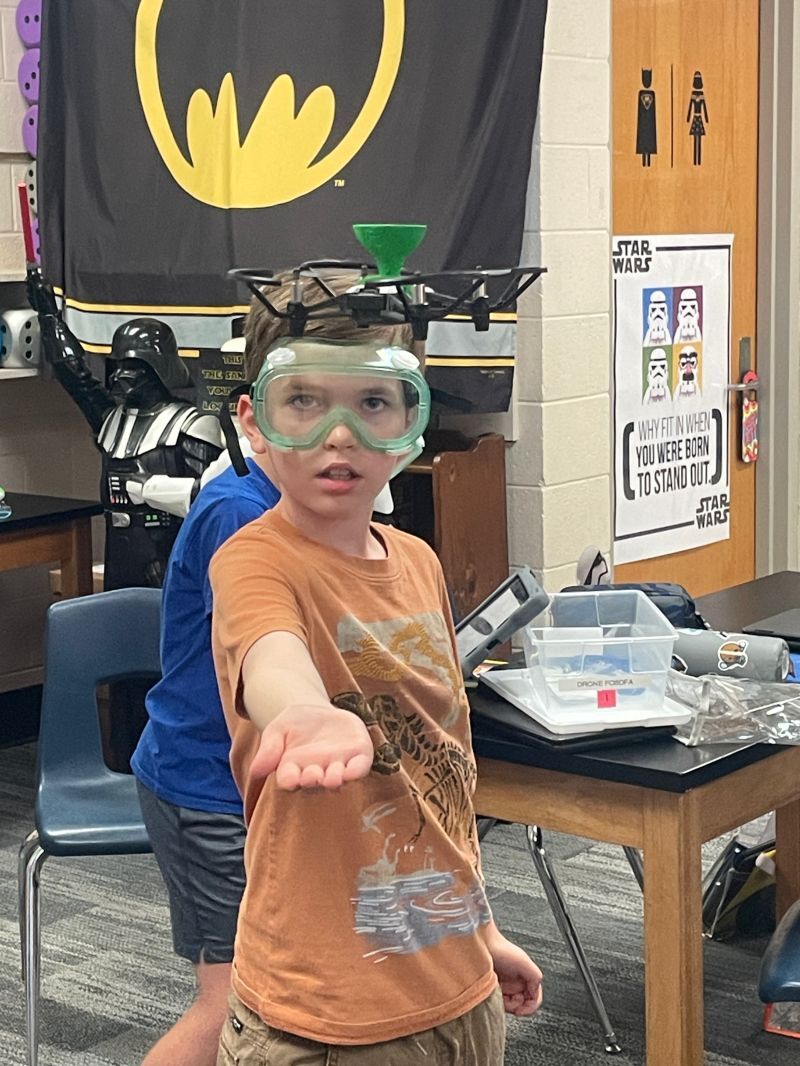Imagine this scenario: You’re a teacher and your job is to teach an essential skill set for the next generation. A thousand thoughts jump to mind as you question how you are to deliver those skills in just one short semester, as well as increase engagement among students.
The answer may be right under your nose – or rather, above your head – drones.
Schools are constantly looking for new and innovative teaching tools to help engage students in the classroom.
Drones are becoming more and more popular, with people using them for everything from recreation to business purposes and more. As this technology continues to grow, it’s important to consider how it could be incorporated into the classroom.
Benefits of Teaching a Drone Curriculum
Drones have the potential to provide a unique learning experience for students, helping them gain knowledge in a variety of fields.
Here are just some of the benefits of teaching a drone curriculum in classrooms:
- Students will become more familiar with robotics.
- The use of drones encourages STEM learning.
- Drones can also be used to teach the importance of safety and responsibility within the aviation industry.
- Students can learn about drone technology and its diverse applications.
- The curriculum would give students the opportunity to become more technologically literate whilst having fun at the same time.
How to Integrate a Drone Curriculum in Your Classroom
With the increasing popularity of drones, students and teachers can benefit from integrating these tools in their classrooms. While drones might at first seem like a “fun” addition to your lesson plans, they actually offer many potential benefits that can help engage students in educational experiences.
First and foremost, incorporating technology provides an opportunity for you to look at the subject matter in a different way and to get students thinking outside of the box.
For example, you can use drones to teach basic aviation skills which include how drones fly, what makes them work and how they’re different from helicopters or airplanes.
Let’s take a look at some other potential uses for a drone in the classroom.
Their use will:
- Demonstrate the effects of balanced and unbalanced forces on the motion of an object.
- Define patterns of Earth’s features by analyzing and interpreting data from maps.
- Describe a simple design problem reflecting a need or a desire, based on specified criteria for success and constraints related to materials, time, or cost.
- Construct an explanation that relates the speed of an object to its energy.
Teachers are busy, we get it. Where will they find the time to develop a drone curriculum? The answer… DRONE LEGENDS
Drone Legends
The Drone Legends mission is simple: Kids need a STEM curriculum that addresses all of their holistic development – not just academics. Drone Legends provides experiential learning opportunities so that students can learn by doing what interests them most: drones!
Today’s students might be the world’s future leaders and innovators, but they need to have access to education that will help them succeed in a dynamic global environment. Education needs to move with the times, and by using drones as a teaching tool, you can give your students an immersive learning experience that is fun and engaging.
Drone Legends has several drone lesson plans designed to help teachers integrate this technology into their classrooms with ease. Using these lessons as a guide will make it easier for you to teach practical STEM skills in your classroom.
In conclusion
As the world progresses into the technological age, many people are wondering what the future of drones will look like. Education is a large factor in this forecast, and while not all schools teach it yet, it is inevitable that drones will play a major role in the future of education.
To learn more about Paul’s work, visit https://galvanize.digital




